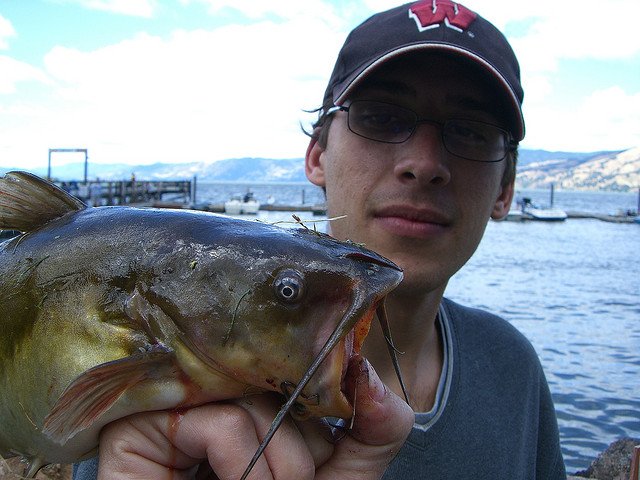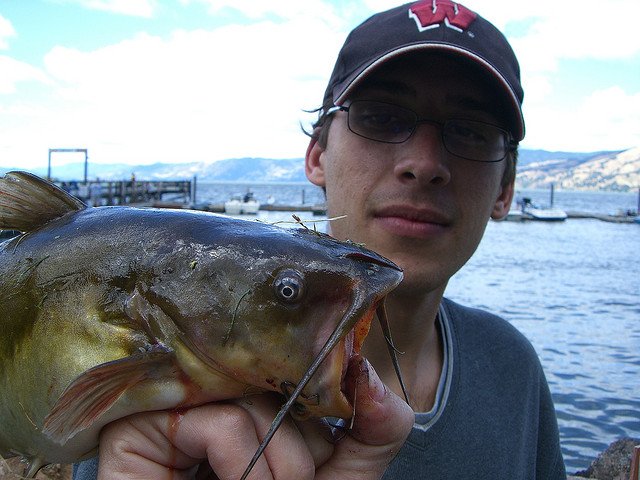
Many anglers consider “bullhead” a dirty word. High numbers of game fish anglers would not even consider actively pursuing bullheads. The cousins of catfish are often spurned by anglers, who label them a dirty, trashy species.
However, there are some anglers, who have discovered the bullhead’s dirty label to be myth. They have found bullheads to be a valuable panfish species that provide both sport and a fine meal.
Many “rough fish” species such as the bullhead carry a stigma, which has given them a bad name, but bullheads offer plenty of quality angling action throughout the summer months.
Bullheads live in a wide variety of lakes, ponds and rivers, with the exception of cool or coldwater streams and lakes. The black, brown and yellow bullheads are the most common species in much of the United States.
The black bullhead lives mostly in lakes and slower rivers. Its tolerance of low oxygen levels, murky water and high temperatures contributes to its high distribution across a large section of the U.S. It is a tough fish, which can tolerate conditions other fish cannot.
The black bullhead averages about eight to nine inches in length, but it can grow to more than three pounds. Brown and yellow bullheads also have a high distribution across much of the U.S, but both species prefer a habitat of clearer, cleaner water than the black bullhead.
The brown bullhead is the largest of the three species, and is capable of growing to more than seven pounds. Yellow bullheads are smaller with a maximum size similar to that of the black bullhead.
Although many anglers shudder at the thought of catching a bullhead, the fish do have a loyal following among many anglers, especially in the Midwest. These anglers find bullheads easy to catch; and like their cousin the catfish, bullheads also provide a good fight.
In addition to being a good species for anglers who like to catch panfish, bullheads are also a good choice for young anglers. They are an excellent species for keeping kids interested in fishing, because you can find and catch them easily.
One of the biggest myths surrounding bullheads is that they do not taste very good, but those who have tasted them know differently. All three species have a flavor similar to that of a catfish, although its often said the yellow bullhead is the best tasting of the three.
Most states do not manage specifically to support bullhead populations, and they are occasionally removed from lakes when they become a problem. Bullheads can easily overpopulate waters and compete with other species, so sometimes there numbers must be thinned to keep a fishery in balance.
Live baits are among the best for catching bullheads. A worm or night crawler fished near the bottom, on ultra lite tackle, is one of the most productive techniques. Look for bullheads in still water, away from current. Although they can be caught at any time of the day, nighttime or the low-light hours of dawn and dusk tend to be the best times to catch bullheads.
Anglers should always be careful when handling bullheads. They have razor sharp dorsal and pectoral fins that can easily cut any skin that comes in contact with them.
Photo credit: Flickr Creative Commons








